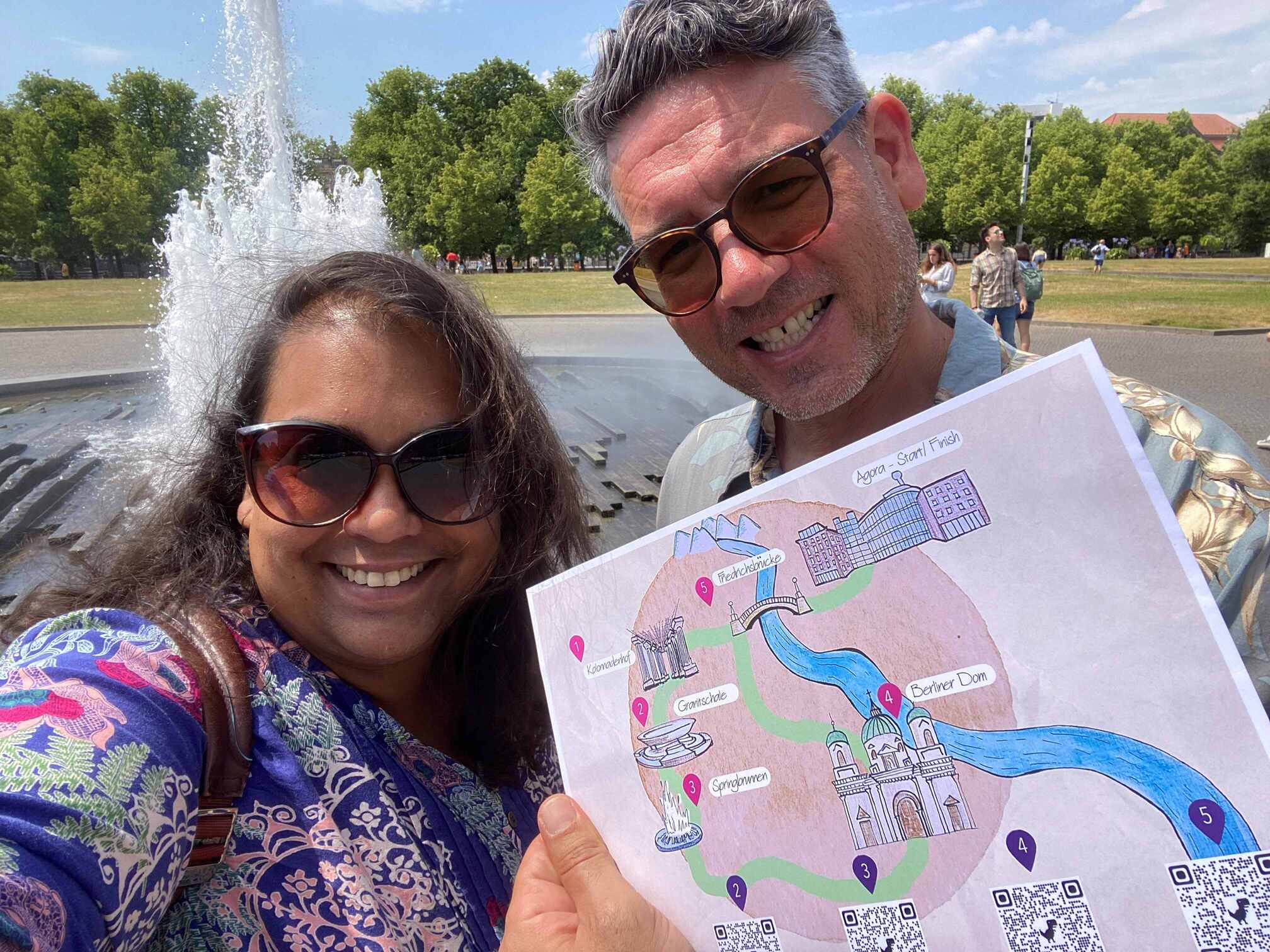Enhancing DEI Training with Experiential Learning
Delivering training and learning in different ways is essential.
More organisations are now moving away from traditional formats and are starting to invest in Experiential Learning (ExL).
Why?
Because a lot of people are tired of the current format(s). Content delivered via PowerPoint slides and handouts, accompanied by an ‘expert’ at the front of a room no longer meets expectations.
People today don’t engage with this way of learning. They want something more.
Stakeholders in Learning and Development also understand there needs to be ‘something more’ when it comes to training.
Something more immersive. Something more impactful. Something more delightful.
Which is where Experiential Learning comes in.
What is Experiential Learning?
Put simply, Experiential Learning (ExL) is about creating experiences through which people derive knowledge, understanding or awareness.
So, a very basic example would be having a bucket of ice emptied on your head and experiencing what it feels like, as opposed to someone explaining to you what it feels like.

One is experience. The other is theory.
The argument is, that if you experience something yourself, you learn a lot more from it as opposed to being told by someone else what you are supposed to learn.
For example, within DEI training it is a lot more impactful if people feel ‘exclusion’ in some sense, through an activity or exercise, rather than being told what it looks like. This feeling can then be used to frame best practices around ‘inclusion’ with much more impact due to enhanced understanding and empathy.
A Case Study in DEI and Learning Experience Design
Let’s now use a real-life client case study to illustrate our points further.
At Commisceo Global we provide both cross-cultural training and DEI, many times with the two overlapping.
Which is what happened with this specific client.
The Client Brief
We were commissioned by a client to create an ‘experience’ for their leadership team with the objective of opening up a broad discussion around the topic of DEI and its relevance, or not, to the organisation.
Our Learning Designers were given creative licence to design an experience to spark interest and ideas.
Connecting to the Local Environment
The two particular designers we used for this client like to use the local environment to create themes, stories or analogies.
As the client was in a specific location near the river Spree (Berlin, Germany), this eventually developed into the theme of the day, tying the concept of a river to identity, power, privilege and inclusion at work.

Activating the 5 Senses
Using the river Spree and sights of local significance, our designers (photo above) created a ‘tourist trail’ for the leadership team.
This involved following a hand-drawn map, clues and QR codes which led them to specific stops at which they had an experience. At each stop, a specific sense (touch, taste, sound, smell, sight) was activated as part of the tailored learning objective.
For example, outside the magnificent Berlin Cathedral (photo below), everyone had an ethical quandary which they had to sit down and ponder before recording their answers online. At another, they had to feel and touch some very old pillars to connect with specific memories.
At each stop, everyone had an experience which was then used as the basis for activities later on in the day, when the group unpacked their collective experiences.
What makes Experiential Learning Different?
ExL is about doing. It’s about feeling, moving, using your senses, being deprived of your senses, reacting and then reflecting on it all to derive meaning.
This approach to learning, research shows, is much more powerful and effective because it taps into the whole being of a person, not just parts of it.
Using Emotions in Learning Design
A key factor in designing effective learning experiences is using emotions, and emotional reactions, as the basis on which to provoke thought and potentially, behaviour change.
This process is based on the work of Experience Designer Pigalle Tavakkoli, and was used by our consultants to develop their experiences for this specific client.
With some targeted behaviour changes given by the client, the designers worked backwards to provoke certain thoughts through specific emotional reactions to their experiences.
Benefits of Learning Through Experience
As well as being a much more powerful way of learning, this approach also offers many other benefits.
Experiences are usually more fun, they create longer-lasting memories, and people gain a more holistic conceptualisation of topics and a deeper comprehension.
On top of this, experiences also generate creativity, strengthen interpersonal bonds and lead to real behaviour change at individual and group levels.
Furthermore, it offers many ways to tap into all the different learning styles.
Working with Experience Learning Designers
As with more traditional training, when creating learning experiences, designers like to know as much as they can about the audience, objectives, environment and wider context.
When briefing potential designers, try to come prepared with some information or thoughts around the following:
- Stakeholders - where has this request come from? Why? What’s in it for the stakeholders and what are their expectations?
- Audience - who will be involved in the experience? Where are they? What do they do? What do they already know? What are you going to tell them about the experience and its aims?
- Time - how much time do you expect people to give up? Is this part of a retreat or conference? Do you want a long-term approach or is this more of a one-off intervention?
- Location - is this happening at work? Offsite? Outside? What do the local surroundings offer?
- Objectives - what do you want people to walk away from the experience having learnt, thought about, realised or discussed? What are 3 very clear and simple goals?
- Resources - will there be resources available such as rooms, IT, VR headsets and maps? Or will it be something else, more organic or simple?
- Taboos & triggers - what are topics, debates and sensitivities the designers need to be aware of? What do they need to know to create psychological safety?
- Feedback - how is feedback going to be collected? When and where will it be collected? Can it be part of the experience? Or separate?
Do you have some upcoming training that could do with ‘something different’?
Then get in touch to discuss how our ExL Designers can help.
By accepting you will be accessing a service provided by a third-party external to https://www.commisceo-global.com./

 +44 0330 027 0207 or +1 (818) 532-6908
+44 0330 027 0207 or +1 (818) 532-6908


